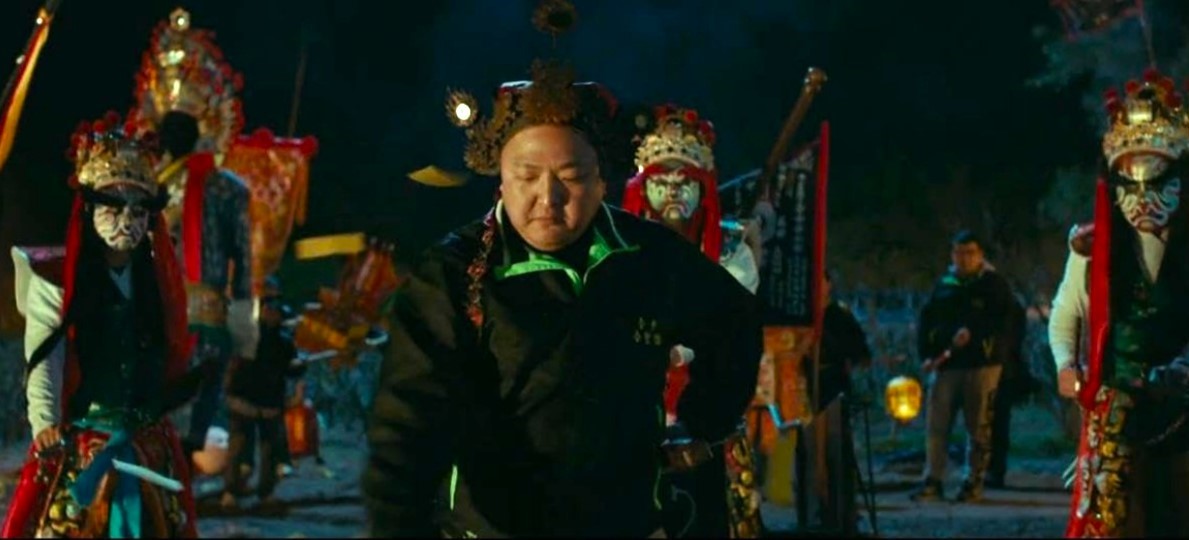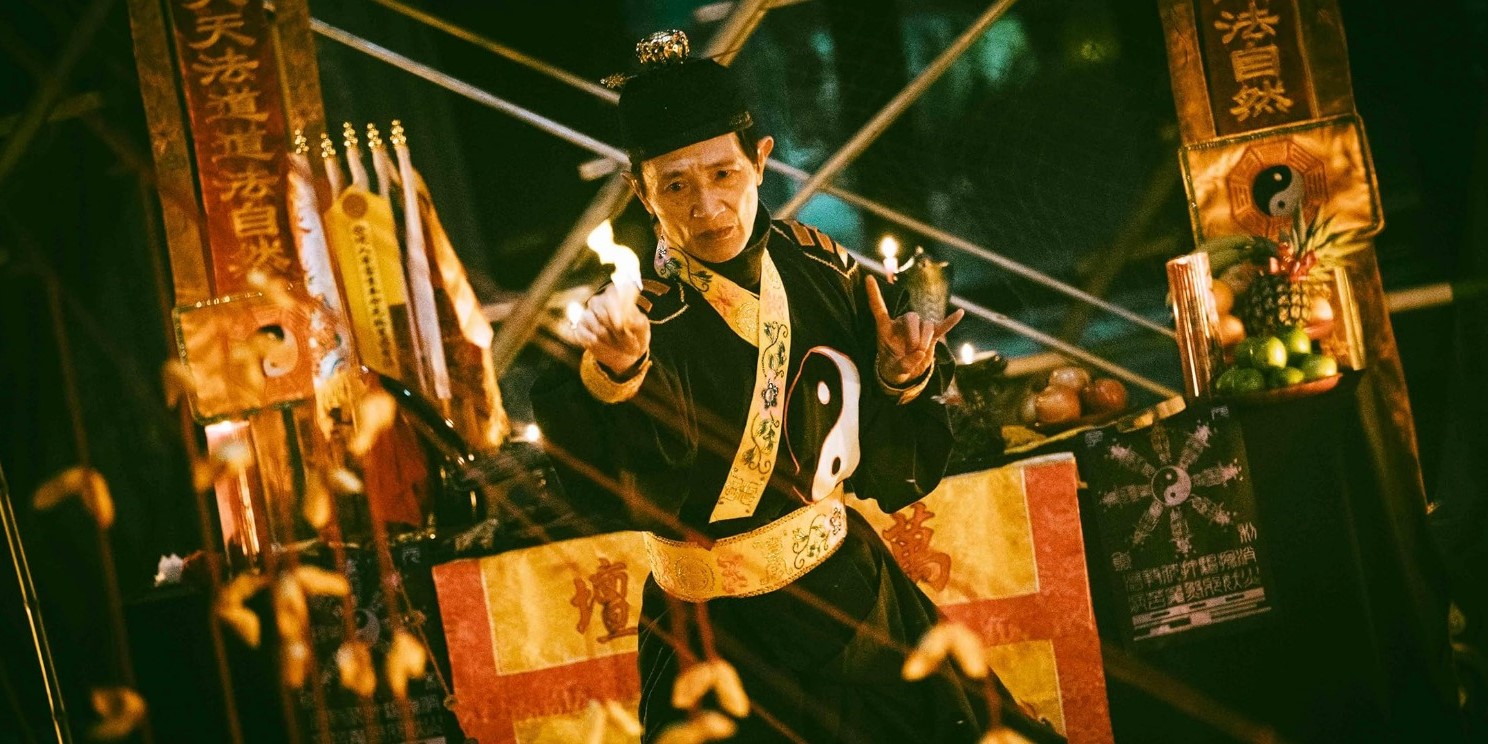‘Zong xie,’ or ‘The Rope Curse,’ by director Shih-Han Liao, is a 2018 Taiwanese horror film that begins with the suicide of a bullied girl on her wedding day. In the coastal Taiwanese area of Changhua, a rope-burning ritual is conducted in such scenarios to dispose off and sanctify the items and areas the troubled spirit had recently been in contact with. Prime among these items is the rope used for hanging, which is to be burned. The prospect of recording the practice and posting it on YouTube draws a local TV station worker Wu Jiawei, and his cameraman to the ritualistic scene, where they touch the neglected rope.
Wu’s girlfriend had been a classmate of the deceased girl, and heads to meet up with him while the Youtubers reach the girl’s house. The two disturb her possessions and the temple’s prayer charms around her house, further aggravating the spirit. Soon the classmates who had bullied her in high school, begin to hang themselves one by one, and the trio have to figure out the source of her resentment and help carry out an exorcism before they are next. Witnessing the elaborate rituals and practices shown in the film, you may wonder if the rope-burning ritual is based in reality, and if there is a true story behind the events that transpire in the film.
The Rope Curse Folklore and Mythology
‘The Rope Curse’ finds its inspiration in the coastal Taiwanese and Fujian custom which loosely translates to “Sending Rice Dumpling.” Rice dumpling is an auspicious way of addressing those who have been executed by hanging, or have committed suicide by it. This is because of the evocative way rice dumplings are packaged and tied, hanging at the end of a string. It is believed that those who have died by hanging have the most resentment as spirits, and are thus assisted in passing on to a different plane of existence with the ritual. The elaborate practice is conducted on temple grounds with incense, talismans, and costumes to ward away evil spirits, with the specifics differing from temple to temple.

Once the ceremony is nearing its end, some belongings recently touched by the deceased, and the rope used in their hanging, are taken to the sea. The rope is burned and the possessions are cremated as well. The reason for the ritual being conducted is to help the spirit move on to another place such as heaven, the underworld, or Sukhavati. It is conducted by a priest or a monk, who disperses the baleful energy left behind by the person, which is considered especially strong in the case of death-by-hanging.
If their recently used personal belongings and the rope are not burned, it is believed that the negative energy and resentment left behind by the deceased is contagious and multiplies, pushing others to commit themselves to a similar fate of hanging as seen in the film. The final rites and burning are carried out next to the ocean, as it is considered the Sea Dragon King’s domain, which can help in their peaceful passing. In the case of extremely resentful and ferocious spirits, the priests call upon Zhong Kui, the king of ghosts, to help vanquish it.
During the ceremony scene in the movie, we can spot one of the dancers in a bearded costume with a ferocious red face. The performer is channeling the spirit of Zhong Kui, a Taoist deity considered to have control over demons and ghosts. The legend is believed to have been born in the 8th Century, when the Emperor of Tang China, Xuanzong, fell extremely ill and dreamt of the diety. He saw a smaller ghost being caught and swallowed by a larger one wearing the headdress of an official, he introduced himself as Zong Kui, one who would rid the empire of evil.
The emperor awoke to find himself completely cured, and commissioned artwork of his ethereal savior. The deity is depicted as a large bearded man with a ferocious expression, who features prominently in the second and third films of ‘The Rope Curse’ series. The Taiwanese film thus finds its basis in folklore and Chinese Taoist mythology, to create a culturally driven horror story.
Read More: Best Horror Documentaries on Netflix


You must be logged in to post a comment.